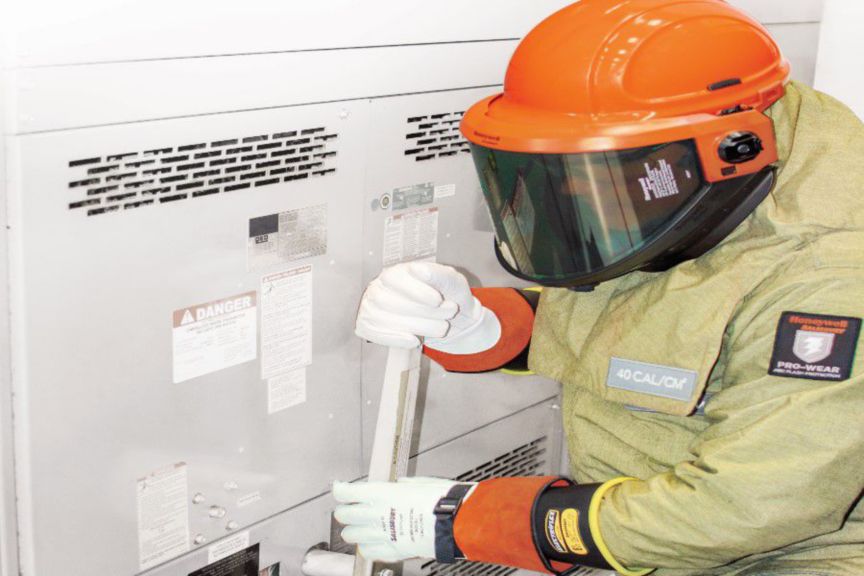-
Global
-
Africa
-
Asia Pacific
-
Europe
-
Latin America
-
Middle East
-
North America
- |
- Partners
- |
-
Currency:Localize your Content
You can set your preferred currency for this account.
Choose a Currency
Currency- CHOOSE YOUR CURRENCY
Update Currency
Changing Currency will cause your current cart to be deleted. Click OK to proceed.
To Keep your current cart, click CLOSE and then save your cart before changing currency.
-
Select Account
Switching accounts will update the product catalog available to you. When switching accounts, your current cart will not move to the new account you select. Your current cart will be available if you log back into this account again.
Account# Account Name City Zip/Post Code CANCELPROCEEDMy Account
-
Support
- View All Productivity Solutions
- Warranties
- Patents
- Global Locations
- Technical Support
- Discontinued Products
- Quality Program and Environmental Compliance
- Return Material Authorization (RMA)
- Legal Documents
- Product Certification
- Software Downloads
- Cyber Security Notifications
- Case Studies and Success Stories
- View All Sensing Solutions
- Sales Contact Form
- Technical Support
- Certificates
- eCOM Portal
- Distributor Inventory
- Return Material Authorization (Test & Measurement)
- Return Material Authorization (Citytech)
- Return Material Authorization (EnviteC)
- Legal Documents
- Intelligent Life Care
- Return Material Authorization (ILC)
-
Global
-
Africa
-
Asia Pacific
-
Europe
-
Latin America
-
Middle East
-
North America
- |
- Partners
- |
You are browsing the product catalog for
You are viewing the overview and resources for
- News & Events
- Featured stories
- Personal Protective Equipment
- Essential Arc Flash PPE Cleaning Recommendations
Essential Arc Flash PPE Cleaning Recommendations


Essential Arc Flash PPE Cleaning Recommendations
Alexandra Serban
April 9, 2020
Arc flash PPE uses expensive, highly engineered materials that need to be properly cleaned and maintained to remain effective. However, dirt, oils, and chemicals impact the protection level, while small tears or rips can expose workers and increase the risk of injury. This is how to care for Honeywell Arc Flash PPE.
Shield and Garments
Chlorine bleaches such as those containing sodium hypochlorite, oxygen bleaches such as hydrogen peroxide as well as soaps (salts of fatty acids) should not be used to wash the PPE, as they may affect the protective properties of the PPE.
· Clean and inspect the Honeywell Salisbury face shield after every use.
· Use mild soap with warm water followed by a pat dry.
· Garments and fabric components should be washed regularly using warm water and a mild detergent.
· The water temperature should be warm but no higher than 165°F.
· Tumble dry at normal temperature.
· Avoid using fabric softener, detergent containing fabric softener, or dryer sheets during dryer cycles.
· Use of disinfectants can harm the arc flash rating and should only be used if recommended.
· Always refer to the user manual for further detailed instructions.
Insulating Gloves and Sleeves
To ensure these items are clean and maintain their insulating properties, Honeywell customers need to follow the ASTM guidelines ‘In-Service Care of Insulating Gloves and Sleeves’ and ‘Visual Inspection of Electrical Protective Rubber Products’ (ASTM F496 and F1236).
Wash your gloves and sleeves with mild soap, as outlined in the ASTM F496 standard.
“The gloves and sleeves shall be washed with a mild soap or mild detergent and water. After washing, the gloves and sleeves shall be thoroughly rinsed with water to remove all soap or detergent and dried. Mild household type chloride bleach may be used for disinfectant purposes. Soaps, detergents, and bleaches shall not be used at strengths that would attack or harm the rubber surface.”
Avoid petroleum-based cleaners
Using petroleum-based cleaners can damage rubber gloves and sleeves and compromise their insulating properties.
We recommend using Honeywell Salisbury’s line of SCRUBS cleaning towels and Super Salcor Cleaners. These are non-petroleum-based natural rubber and hand cleaners designed to be safe for insulating rubber gloves and sleeves.
Use alcohol-based hand sanitizer
Use hand sanitizers that include one of these alcohols: Ethanol, n-propanol, or isopropyl alcohol.
These three alcohols are not harmful to the gloves or sleeves at room temperature. Hand sanitizers should include alcohol levels above 60% and should not have fragrances or scrubbing beads. Wiping gloves at room temperature with one of the three alcohols is fine as well.
Lastly, remember to train workers on how to maintain, inspect, and disinfect PPE.
Let's Connect!
Sign up to receive exclusive communications from Honeywell including product updates, technical information, new offerings, events and news, surveys, special offers, and related topics via telephone, email, and other forms of electronic communication.
Copyright © 2025 Honeywell International Inc
Maximum File Size
Maximum Files Exceeded
Due to inactivity you will be logged out in 000 seconds.
Maximum File Size
Maximum Files Exceeded
You cannot access this page as this product is not available in your country.

